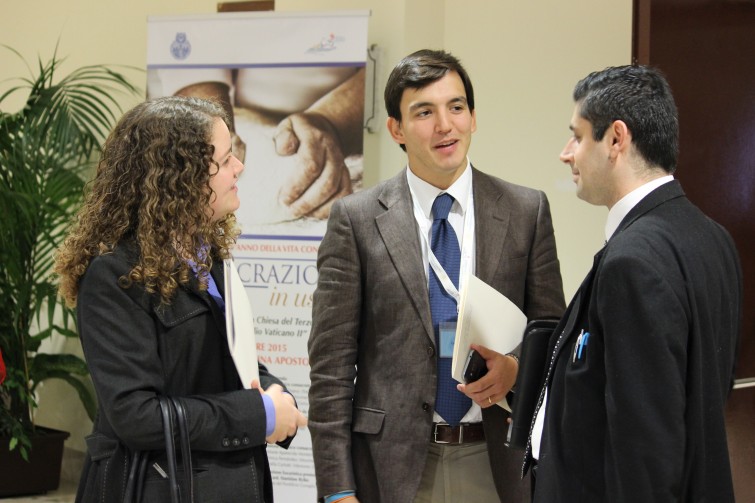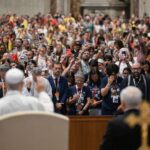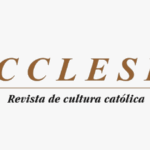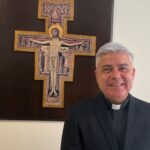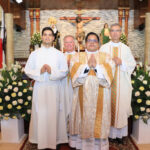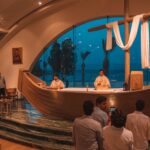The Secular Consecration in the Church of the Third Millennium
On November 14, the congress “A Missionary Consecration: Secular Consecration in the Church of the Third Millennium in the Light of the Second Vatican Council” was held at the headquarters of the Pontifical Athenaeum Regina Apostolorum.
The event, organized under the auspices of the Pontifical Athenaeum Regina Apostolorum, provided an opportunity to deepen understanding of the history, identity, and mission of the laity consecrated in the Church within the framework of the Year of Consecrated Life. This way of life is presented in various forms and lifestyles within associations of the faithful, societies of apostolic life, and other canonical forms of associative type. Participants included 180 people from 30 ecclesial realities and new communities where the consecration of life occurs in ordinary circumstances.
Participating were Cardinal Stanisław Rylko, president of the Pontifical Council for the Laity; Mons. José Rodríguez Carballo OFM, secretary of the Congregation for Institutes of Consecrated Life and Societies of Apostolic Life. Both expressed their gratitude and encouragement for this initiative, highlighting the need to continue theological reflection on this vocation, which is a gift from God to the Church.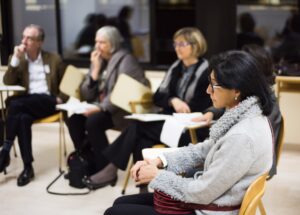
Father Gianfranco Ghirlanda SJ, former rector of the Gregorian University, outlined the canonical framework within which this particular vocation is situated, including the desire to remain in the world in a secular state while living the evangelical counsels of poverty, chastity, and obedience in a consecration that leads to living the secular life prophetically. In his lecture, he proposed terminological and foundational suggestions to better understand the identity of secular consecration and its relationship with other vocations that arise within various ecclesial realities.
Andrea Velarde, theologian of the Marian Fraternity of Reconciliation, began her reflection from the model of the Incarnation to overcome the apparent contradiction between the terms “lay” and “consecrated,” and delved into the content of each term to better outline the identity of this vocation: “the person is totally consecrated to God to proclaim Him in the midst of the world.”
Dr. Emilio Martínez Albesa, specialist in Church history and consecrated lay member of Regnum Christi, highlighted in his presentation the presence of various forms of secular consecration throughout Church history, emphasizing the historical role of secular institutes to deepen the identity of the consecrated layperson and to renew the theology of laity and consecration itself.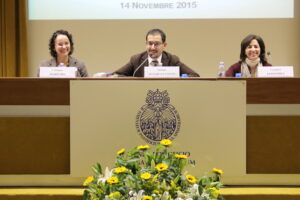
Meanwhile, Florence Gillet, from the Focolare Movement, proposed a reflection on the Gospel of John, affirming that communion, holiness, and mission are in an intimate harmony. Therefore, the mission of the consecrated layperson “involves proclaiming that God loves us […], bearing witness to the resurrection through embracing the abandoned, to evangelize each other and that all may be one.”
The participation of consecrated laity from 30 different realities, along with specialists, theologians, and pastors, highlights the importance of this topic and the need to continue reflecting on the vocation of men and women who are entirely of God in the world.
The consecrated members of Regnum Christi who proposed the congress were María José Chávez, Verónica Fernández, Israel Martínez, and Alberto García. From the Athenaeum, Fr. José Enrique Oyarzún and Juan Carlos Ortega, LL.CC., joined the organizing committee. Later, Jorge López, general responsible for the consecrated laity, joined due to the interest and significance of the congress topic.



